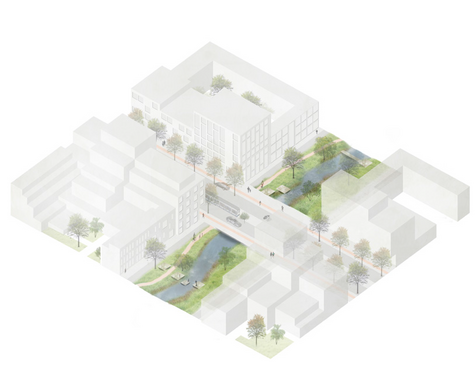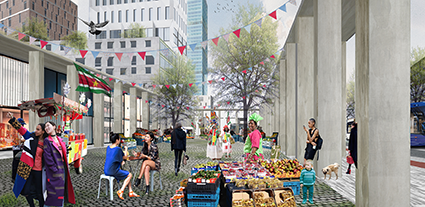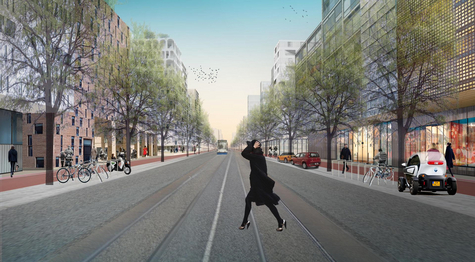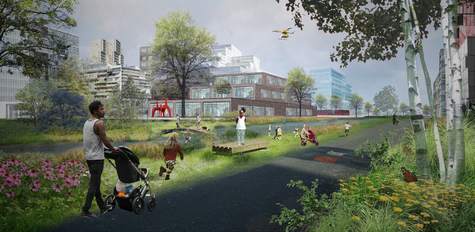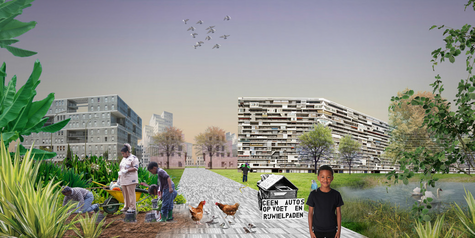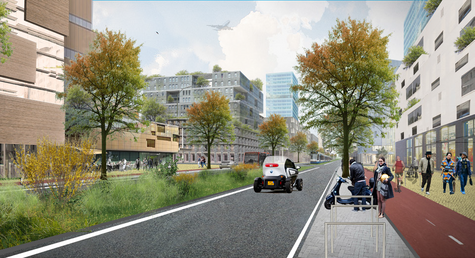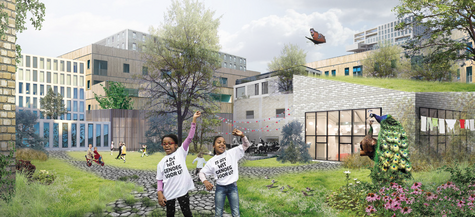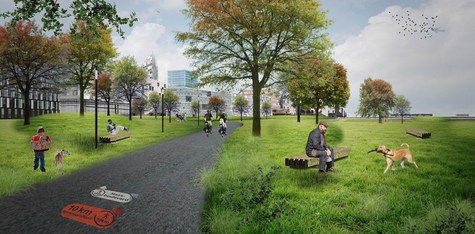Jerryt Krombeen
Affordable Paradise - tegenwicht bieden aan een gepolariseerd Amsterdam
Housing in Amsterdam is threatening to become unaffordable for people on low and middle incomes and this is having major consequences for the social structure of the city. An unaffordable city centre environment has arisen with mostly people on high incomes, with poorer quality neighbourhoods around it with high concentrations of poverty and people on low incomes. And this while Amsterdam owes its success to the dynamic character that has arisen through the wide range of incomes and people who live interspersed among each other. The Bijlmer in particular has a much lower quality of living than other districts in Amsterdam. There are much less facilities and the Bijlmer also remains substantially behind on a spatial-economic level in relation to other districts. That is partly due to the original spatial structure of the Bijlmer, which does not permit the creation of facilities as a result of the lack of interaction between buildings and major routes.
The pressure on the housing market in Amsterdam must lead to strategic densification in order to provide a counterbalance to the polarisation in the city. The elaborated test case for the Bijlmer demonstrates that you can create new fabric with urban dynamics, which could mean the emancipation of the urban fabric. By creating a higher density, more addresses, more space for companies on the street, urban pressure and economic vitality will arise along the major routes. By making the motorway profile of the Gooiseweg single-level, neighbourhoods will be connected with each other and space will become available for approximately 33.000 new homes for people on middle incomes, without having to demolish a home for this. The densification will also provide the current companies and 86.000 residents with a local network with many more facilities. A spatial-economic backbone will be created with opportunities for shops, facilities, entrepreneurs and local initiatives, with which the wealth of cultures can also become visible finally.
Through the intervention, a complementary living environment and urban life will arise, in addition to the park-like living environment that the Bijlmer already has now. The demand for more homes for people on middle incomes will lead to more socio-economic diversity at the location and a spatial-economic structure in the shape of a city street on which the districts themselves can continue to build. Amsterdam can accommodate approx. 73.000 new residents on a devalued motorway and densify at a place where an investment in spatial quality and diversity is most sorely needed.
Commission members: Boris Hocks (mentor), Jelte Boeijenga, Marco Broekman. Additional members for the examination: Riëtte Bosch, Tess Broekmans.

